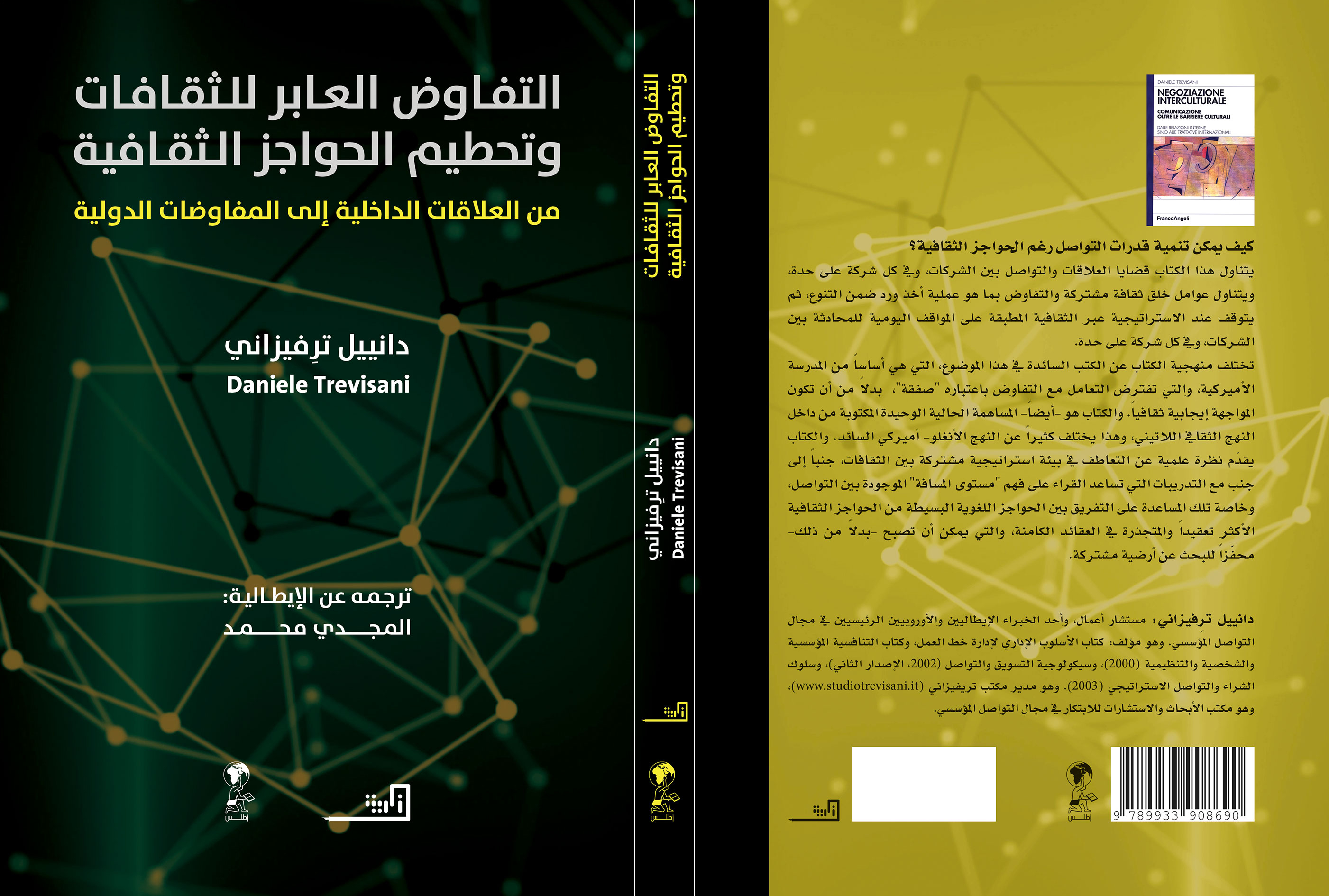© Article translated from the book “Negoziazione interculturale, comunicazione oltre le barriere culturali” (Intercultural Negotiation: Communication Beyond Cultural Barriers) copyright Dr. Daniele Trevisani Intercultural Negotiation Training and Coaching, published with the author’s permission. The Book’s rights are on sale and are available for any Publisher wishing to consider it for publication in English and other languages except for Italian and Arab whose rights are already sold and published. If you are interested in publishing the book in English, or any other language, or seek Intercultural Negotiation Training, Coaching, Mentoring and Consulting, please feel free to contact the author from the webstite www.danieletrevisani.com
The Four Descriptive Filters
On the intercultural level, as we have noted, even relatively simple and taken-for-granted concepts (eg: “home”, “work”, “friendship”) are misunderstood. It is therefore advisable to carry out activities of setting the semantic boundaries (setting the meanings) that allow to specify the language. Building the common linguistic basis requires clarification on several levels. Each keyword, each word or concept in general, can be read through at least four descriptive filters. Let’s create an example on the Italian word “gondola”.
The possible attributes are:
- Perceptive: it is long and narrow:
- Functional: used to transport tourists;
- Associatives: it makes me think of Venice;
- Social-Symbolic: recalls a romantic experience, for classy people;
- Encyclopedic: it is made of wood, it has been used since the year ….., it is built like this ….
The same problem occurs on the business level. Let’s imagine that we are carrying out a “marketing consultancy” on behalf of an Indian, Korean or Chinese client. We should first compare the two mental images of the word “marketing”, understand which of the two different concepts of marketing the customer is thinking about. For example:
| Concept A (marketing as an operational tool). Analysis: | Concept B (marketing as a strategic tool). Analysis |
| Perceptual: marketing is equivalent to advertising and promotion, sales, advertising | Perceptual: Marketing is the search for new or better products to satisfy human needs |
| Functional: used to sell more | Functional: used to better design products and services |
| Associative: it is an instrument of capitalism and consumerism | Associative: it is a research tool |
| Socio-Symbolic: it is for advanced, large, technological or very managerial companies | Socio-Symbolic: it requires respect for the customer and the will to satisfy him, it can be used by anyone |
| Encyclopedic: deals with concepts such as the marketing mix, customer satisfaction, promotion | Encyclopedic: deals with concepts such as marketing mix, customer satisfaction, promotion, but above all market research, creativity, customer orientation |
Starting an intercultural negotiation means first of all clarifying semantic concepts, the latent meanings of words, mental associations, and not taking them for granted. Through associative techniques, it is also possible to search for the “stereotypes” that people possess with respect to the concepts dealt with.
For example, dealing with the training of a salesperson means first of all clarifying what the mental image of our interlocutor is, understanding what is behind the word “salesman”.
Tab. 1 – Different conception of two sales cultures: the seller …
| – He has to talk a lot – He has to be a bit stupid and work hard, no matter he is a graduate he doesn’t have to do strategy, we make the strategy – He have to be around all day – He has to bring us results | – He has to listen a lot he has to be intelligent and creative – He has to be a strategist of his territory, respecting the guidelines – He has to act with targeted appointments – We have to put him in a position to give the best results |
Without clarifying these points, any action risks being based on wrong and misunderstood concepts.


© Article translated from the book “Negoziazione interculturale, comunicazione oltre le barriere culturali” (Intercultural Negotiation: Communication Beyond Cultural Barriers) copyright Dr. Daniele Trevisani Intercultural Negotiation Training and Coaching, published with the author’s permission. The Book’s rights are on sale and are available for any Publisher wishing to consider it for publication in English and other languages except for Italian and Arab whose rights are already sold and published. If you are interested in publishing the book in English, or any other language, or seek Intercultural Negotiation Training, Coaching, Mentoring and Consulting, please feel free to contact the author from the webstite www.danieletrevisani.com
For further information see:
- Website of Studio Trevisani Academy For Business Training, Coaching e Mentoring, in Italian
- Website Dr. Daniele Trevisani in Italian
- Dr. Daniele Trevisani – Website in English
- Comunicazioneaziendale.it Italian website on Business Communication
- Medialab Research Cultural Association for Communication Research
- Dr. Daniele Trevisani Linkedin Profile in English
- Facebook Channel
- YouTube Channel





